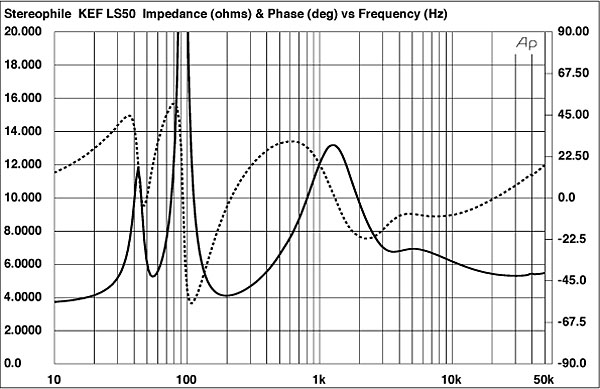Greetings!
I decided myself for a pair of LS50s. In Germany, they cost only 660€ a pair right now. And now I am at the most difficult part of finding a suitable amp for the speakers.
I am listening mainly in near field. When I don't, listening distance lies at around 4 meters. My taste of music is wide, but I mainly hear techno (both chill and hard) and prog rock (mainly the yes, pink floyd).
First off, I don't care if the amp is integrated or if I have multiple parts lying around. I have enough space for both options. I would not like to spend more than a 1000€
The amp/amp combo should have:
- phono stage (either built in the integrated amp or in a preamp/phono preamp)
- digital input
- high wattage (100W+ 8 ohms) to power the rather hungry ls50s
to this point it's rather easy to find a good amp. Now here's the first question: Since class D amps have that clean polish, they would fit harder acid techno very well, whereas with prog rock a little bit more sweetnes to bring out the e-gitarrs wouldn't be bad. So it's either A/B or D if I'm right? What class would you recommend?
Now the second more difficult point: Since I like listening through headphones, when I don't want to disturb my neighbors, a nice headphone output either on the integrated or the pramp would be very nice. I really would not like to have to buy another Schiit Modi + Magni stack which would cost another 300€. So the amp should preferably have a nice headphone output.
So with all that in mind, I stumbled upon the Pro-Ject Amp Box DS2 + Pre Box DS2 digital stack. Have any of you heard them before? Would you recommend them? It's class D judging by weight and size.
Regarding seperate components, the cheapest viable power amp I found was the pro-ject mentioned before. Now buying a preamp from a different company wouldn't make much sense, would it? So I think the Pro-Ject stack is at this price point my only option.
As of integratd amps, there are loooooaaaaaads.
So now I'd like you to correct any mistakes I made in this post, and help me find a suitable amp option.
Thank you very much for your time and help!



